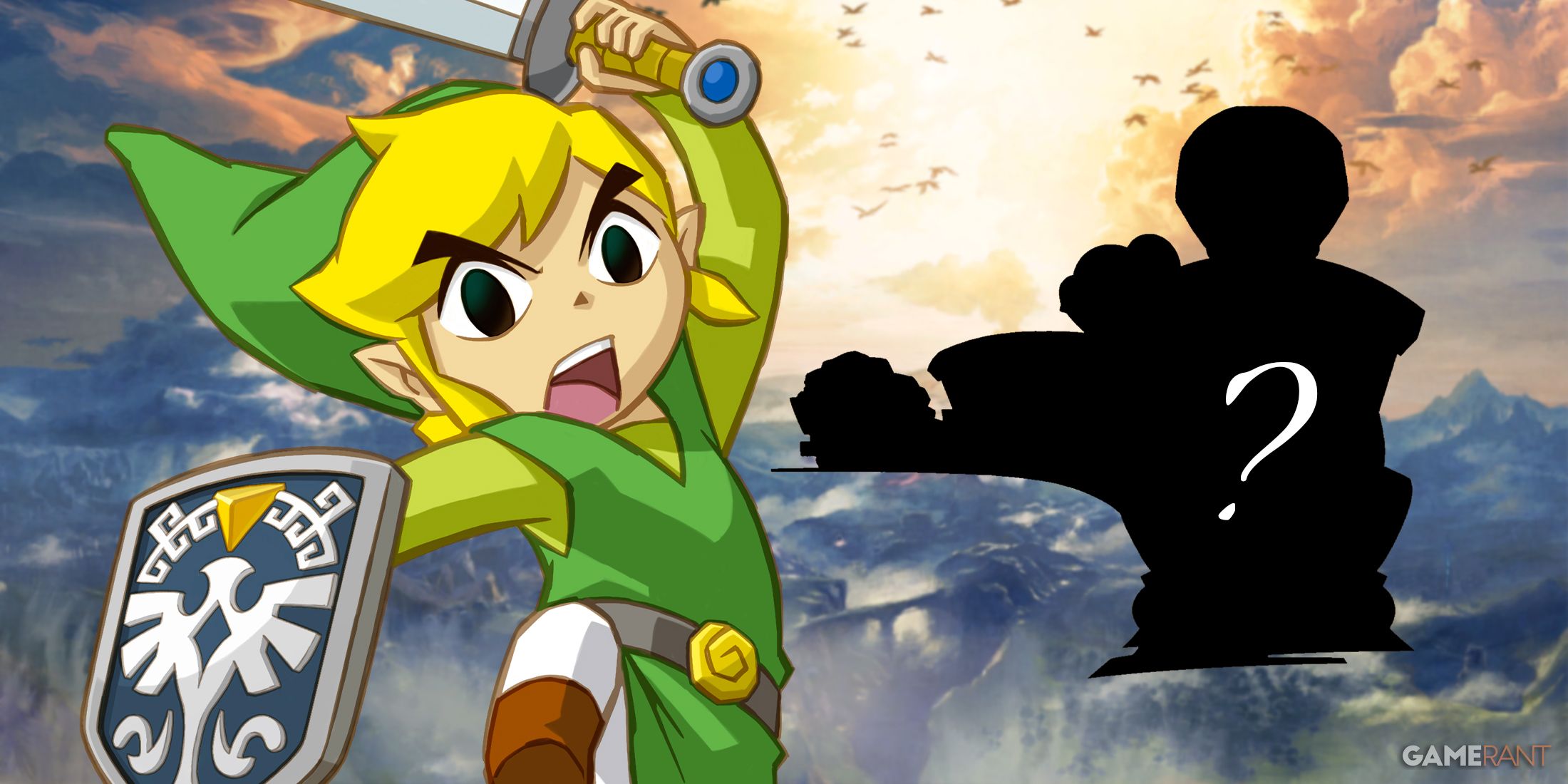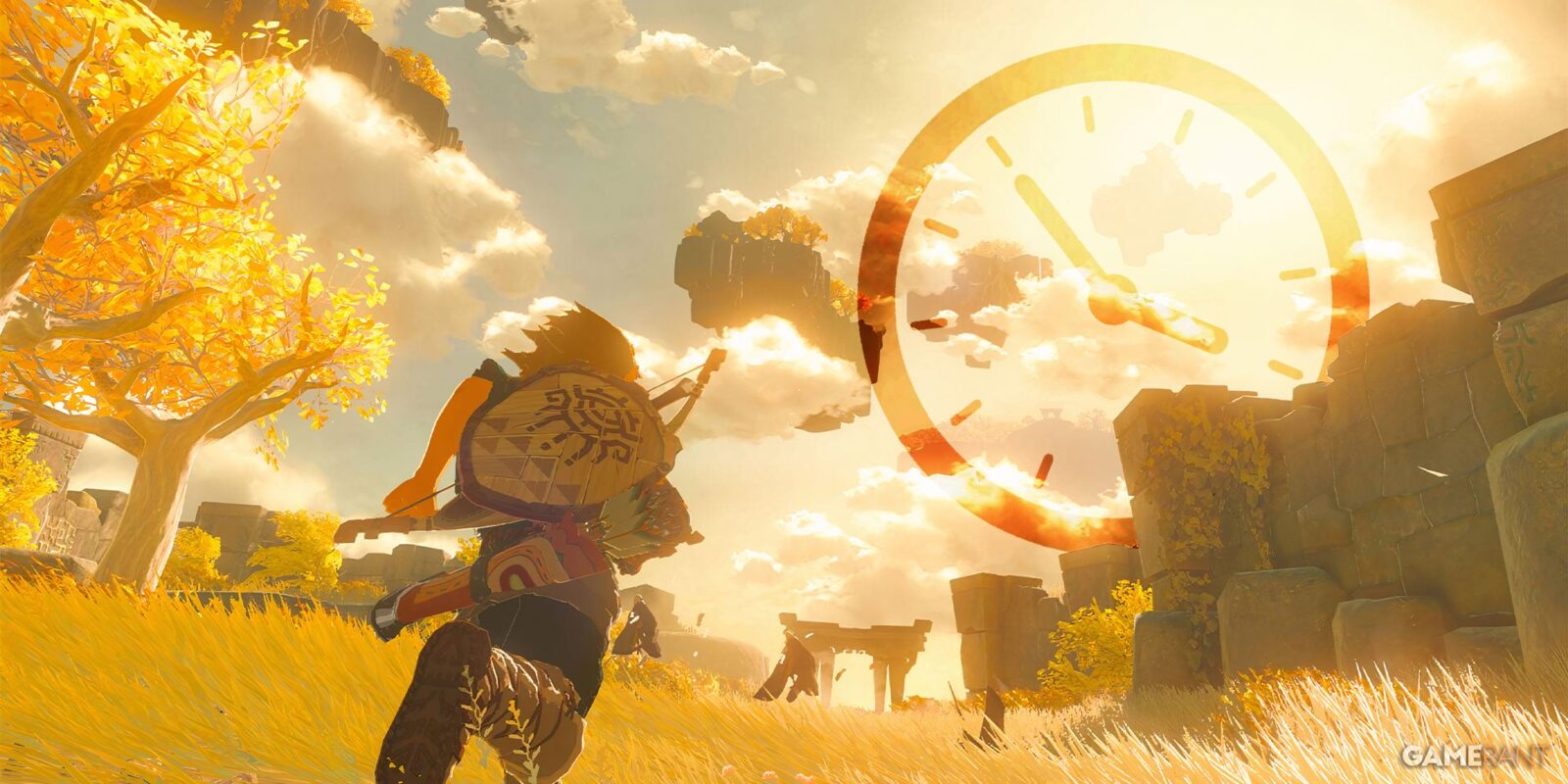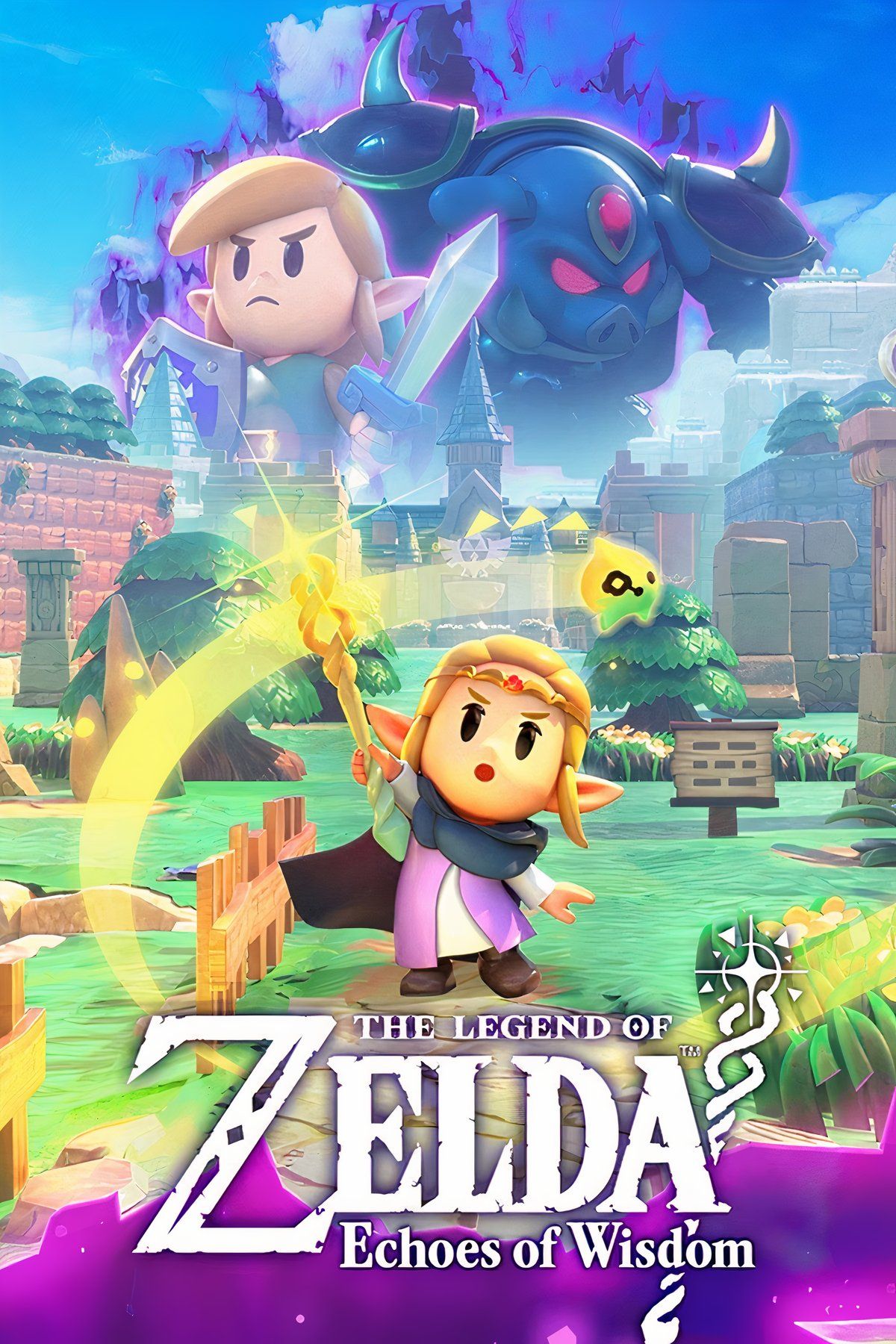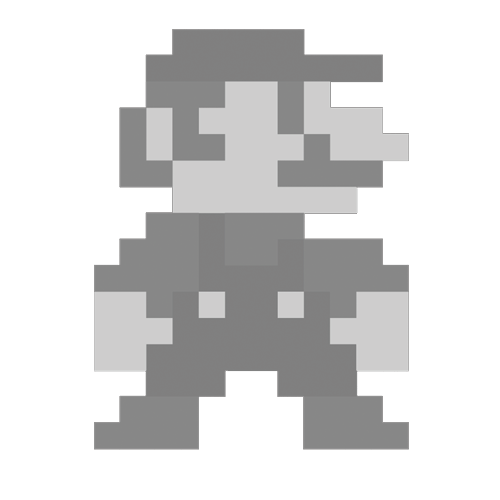Summary
- Time travel could enhance exploration and worldbuilding in an open-world Zelda game.
- The game could implement unique gameplay mechanics directly influenced by time travel.
- An open-world Zelda game with time-travel mechanics could break up gameplay monotony.
The Legend of Zelda: Breath of the Wild may not technically be the first open-world Zelda game ever made, as that honor belongs to the original Legend of Zelda released in 1986 for the NES. However, while the original Zelda game might feature a non-linear world for players to explore freely, Breath of the Wild undoubtedly expanded on that concept by offering players a much larger and more immersive 3D world with unprecedented freedom and exploration. Since Breath of the Wild‘s release in 2017, The Legend of Zelda has seen two more open-world titles, with Tears of the Kingdom in 2023 and Echoes of Wisdom in 2024.
Following the release of Zelda: Tears of the Kingdom in 2023, there was talk that the series would be backtracking on its new open-world formula and reverting to its classic era, but those theories were largely proven wrong when Echoes of Wisdom emerged. Now, it seems more likely that The Legend of Zelda will continue this open-world trend indefinitely, until a new installment proves that sentiment wrong. In light of that, a future open-world Zelda game could make use of the franchise’s love of time travel, which is most notably seen and felt in titles like Ocarina of Time, Majora’s Mask, and Oracle of Ages.

Related
A Future Zelda Game Could Go Completely Off the Rails With One Mechanic
If a future Legend of Zelda game were to implement one mechanic, it would be an innovative way to blend nostalgia with modern gameplay trends.
How an Open-World Zelda Game Could Make Use of Time Travel
Time Travel Could Enhance Exploration and Worldbuilding in an Open-World Zelda Game
One of the most significant ways an open-world Zelda game could make use of time-travel mechanics is found in its potential to enhance exploration and worldbuilding. As players would travel back and forth between time periods in Zelda: Ocarina of Time, for instance, the world around them would transform, shifting between a lively, colorful world in the shadow of a looming threat and a post-apocalyptic world, where Ganon’s power has begun reducing everything to ash and despair.
One of the most significant ways an open-world Zelda game could make use of time-travel mechanics is found in its potential to enhance exploration and worldbuilding.
What would make an open-world Zelda game even better suited for time-travel mechanics is how much more there would be for players to discover between eras, especially if they were able to travel between more than two periods. In an open world as massive as Zelda: Breath of the Wild or Tears of the Kingdom, for example, changes between time periods would take place on a much larger scale, thereby encouraging players to explore every inch of the map in each period to ensure they both see and benefit from the transformation.
An Open-World Zelda Game With Time Travel Could Implement Unique Gameplay Mechanics
Another way an open-world Zelda game could get a lot of use out of a time-travel system is by implementing unique gameplay mechanics that are directly affected by time travel. Of course, this is almost a given, as previous entries in the series like Ocarina of Time and Majora’s Mask have made use of time-travel mechanics in this way, but it could be even more interesting in an expansive open world. What a system like this would involve is seeing the actions of players in the past directly affecting the future. Perhaps they might help a construction worker gather materials for a bridge that they would then say would “take time” to complete, and for that bridge to be finished in a future time period.
If nothing else, an open-world Zelda game with time-travel mechanics would potentially break up the monotony of gameplay, essentially allowing players to change the scenery on command and intentionally give themselves more reasons to explore the map. This is all assuming The Legend of Zelda continues down the open-world road it has been on since 2017’s Breath of the Wild, which has been received well by some and not by others. Nevertheless, there are ways for The Legend of Zelda to further innovate its open-world formula, and incorporating the series’ love for time travel is one of them.













Leave a Reply